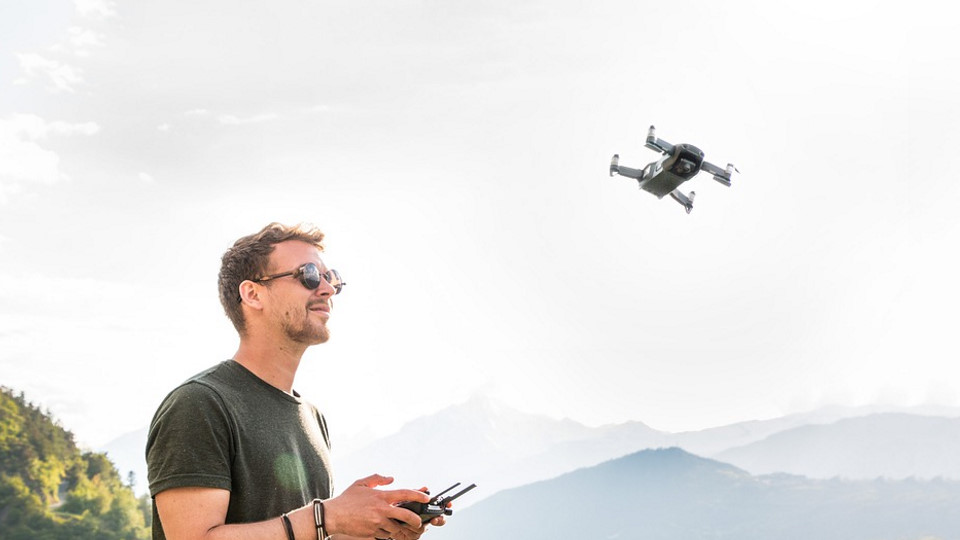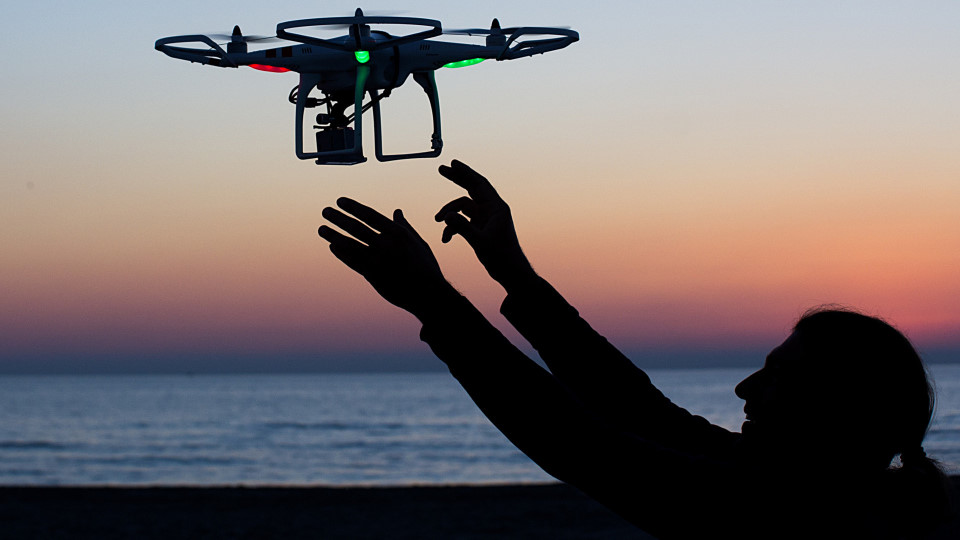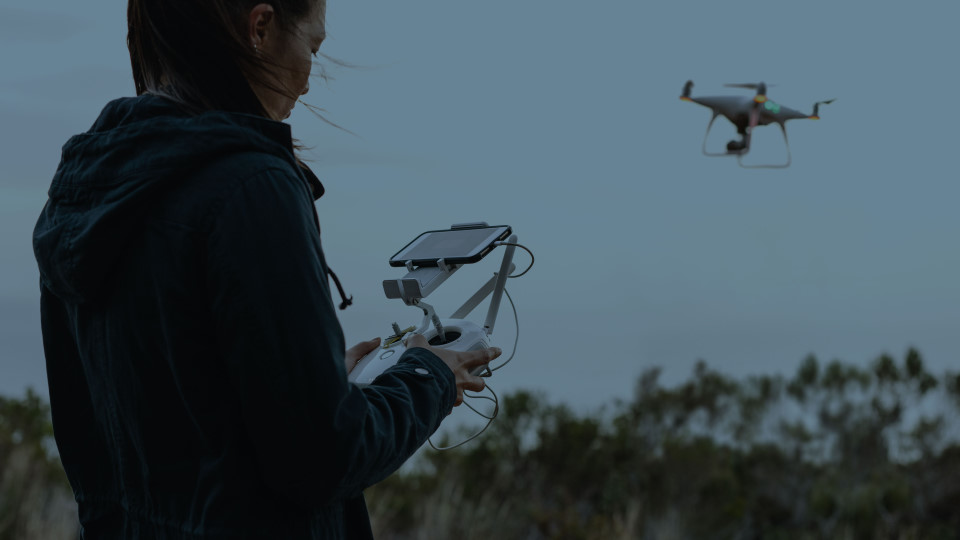The drones are on the rise to become one of the most popular flying gadgets in both personal and business worlds. They have proven to be incredibly useful for combating wildfires, surveying the landscape for a construction company, inspecting and assessing the roof damage for insurance companies and capturing aerial footage to be modified and sold on the market for professional photographers. Getting to know the best drone tips is becoming essential for everyone.
Top 18 Best Drone Tips for Beginners

As the drones are becoming smarter, complex and advanced. They are also becoming simpler and easier for a beginner with no prior flight experience to learn how to fly right out of the box. So, whether you are a beginner or experienced remote pilot, it is more important than ever before to learn how to use and take advantage of these top 18 must-know drone tips.
Here in our guide, we have included drone tips and safety tips to help you become a skilled, competent and knowledgeable drone operator.
1. Register your new drone with the FAA.
First thing comes first. When you get a brand new drone that weights over 0.55 lbs, you are required to register it with the FAA. It is done to ensure that you comply with the FAA Unmanned Aircraft System regulations.
2. Always read the drone manual careful.
Not all drones are the same. In some cases, certain drones are unique and can function differently from its counterparts. Which is why it is best to read the drone manual that comes in the package to fully understand the core functions. Plus, you will get to know where to ask for support should you have any issues with your drone.
3. Learn the basics first.
Don’t be too cocky about flying the drones. While it can be exhilarating as it is to fly the drone. The propellers they wield are powerful enough to cause serious damage. So, either you put on the guards to protect both yourself and the drone. Learn the basics of flight controls first. It is the key to develop a successful piloting skill.
4. Practice, Practice, Practice.
To become a skilled remote pilot, you need to practice all the time. Take your drone out for a flight session on a nice day. Study and learn each button then try doing them in combination. You will be surprised to learn how adaptable and flexible these drones can be nowadays.
5. Perform pre-flight inspections.
A general rule of thumb to a successful flight session is to perform pre-flight inspections. Do a thorough check to ensure all the parts are working and you won’t have to worry about cutting your flight operation early.
6. Keep the drone in your sight.
Keep the drone in your sight all the time. By maintaining a visual contact, you can detect possible obstacles and hazards and avoid them at all the cost.
7. Pay attention to your drone.
The most common thing is crashing the drone due to not paying attention to it. Solution: pay attention to your drone’s flight movement all the time.
8. Practice without GPS mode enabled.
The GPS mode makes it easy to fly drones. But in some regions where GPS is not available. You need to master piloting the drone without GPS to be able to do it skillfully. To disable GPS mode, go to settings and disable. The drone will switch to altitude mode (ATTI Mode) and controls become manual.
9. Educate yourself on the drone laws.
There are plenty of great drone laws websites. Not all drone laws are the same and vary across country, state and local. To learn more about the drone law in your region, reach out to your city council or an administrative office that handles them in your county.
10. Don’t fly your drone over crowded places.
Never fly your drone in crowded public areas. In fact, several national park services have imposed drone bans. These regions and monuments are absolutely off-limit. They are also banned from large public events.
11. Avoid colliding your drone with a bird.
Animals like birds hear differently compared to humans. They rely on sonar to direct their movement and to determine their territory. Because your drone uses a visual positioning system which emits sonar waves that can be interpreted as a sign that’s moving in the territory for territorial birds.
12. Be cautious when flying in the wind.
Even though high-end camera drones are powerful enough to handle up to level 7 / level 8 wind. It is always good to err on the cautious side. The stronger winds are, the harder it is to maintain stability and precise flight controls and you run the risk of losing it.
13. Pre-plan your film shots and videos.
To save your time, always pre-plan your film shots and videos in advance before shooting them. Survey the area you will be filming on the foot. Identify obstacles so that you can plan routes around it. Once you have confirmed the setup, launch the sequence to your own best abilities.
14. Have a spare kit and batteries.
A component drone pilot should always have a spare kit and batteries at all times. This is essential so that you can make repairs in the field and continue with your planned activities without interruptions.
15. Don’t go to manual mode too fast.
Manual mode is designed for expert remote pilots with plenty of flight hours and has in-depth understanding of flight controls. In manual mode, the systems that make flight easier don’t provide any stability that you need.
16. Check the weather forecast.
One of the smart things any drone pilot can do is check the weather forecast. With today’s technology, a 3-day weather forecast is quite accurate and can be used to help you plan your flight activity in advance. If it’s going to be rainy or windy, you can save your time by moving to the next day or doing it a day early.
17. Ask for permission before taking off.
If you want to take off in a location that’s owned by a homeowner or landowner, ask them for their permission. Explain what you are doing and that you would like to take off from their land. Most of the time they will say yes. If they say no, move along to a different location.
18. Use intelligent flight modes.
To transform your footage into professional-level quality, you should take advantage of the built-in intelligent flight modes that these high-end camera drones have to offer. Doing an orbit of a paradise island and following you through the field surely will elevate the quality of your video. Intelligent flight modes gives you the opportunity to use them creatively.
Drone Safety Tips to Keep in Mind

As exciting as it is to fly drones. You do need to take precautions in mind because these drones can be quite dangerous if you are not being careful. Things can go wrong sometimes such as hardware failures, pushing the wrong controls.
Often of these times, people do not take precautions and that results in injuries, monetary damages, and such. Which is why you need to follow these drone safety tips to maximize well-being of others, including yourself.
1. Turn Throttle to Zero in case of crashing.
If you are about to crash your drone into something. Turn the throttle to zero to minimize the likelihood of crashing your drone and / or injuring someone.
2. Don’t touch the propellers.
Never touch the propellers while they are moving. Granted, it is cool to try stunts like hand-catching the drones but definitely don’t try this at home at all… literally.
3. Charge batteries the day before the flight plan.
To maximize your drone batteries, recharge them the day before your flight plan. If you don’t have any plans for your drone in two weeks or so, you don’t need to charge batteries. Charging them drains away and weakens the battery cells. It’s best to charge them right before the flight session to maximize your batteries’ lifecycle.
4. Beginner? Tie your drone to a pole or fly in a cage.
If you are just starting off and have no prior flight experience. You can tie your drone to a pole or fly in a cage. This way you will be able to practice and if something goes wrong, you reduce the risk of accidents. These two methods are the safest way to train and learn how to fly a drone before embarking into the world of drones.
5. Don’t fly inside your home.
It’s nice to be able to fly your drone inside at the comfort of the couch or chair. But, here’s why I don’t recommend flying your drone inside your home. First of all, home is a closed space and often of the time, there’s not plenty of room to navigate around. Also, if something goes wrong, you can hit another person or break an object easily, especially with premium drones such as Mavic Mini for instance. The best solution to this is to fly outside, strictly and you will also enjoy nature.
Best Drone Tips: Over to You

It’s essential to keep these drone tips in consideration. By incorporating these drone tips into your everyday flight sessions, you will quickly become a talented operator in a matter of time.
Meanwhile, if you are new to drones and just starting off but not sure which one to buy. We wrote in-depth reviews about HS720 GPS and Ruko F11 Pro drones. These two drones are smart, come with intelligent flight modes and are budget-friendly.
So, we think they will be great picks for starters — feel free to check them out. We also have the biggest drone section on the Internet, be sure to explore our handpicked best drones for beginners.
We hope you found our drone tips helpful and insightful. Happy flying!












